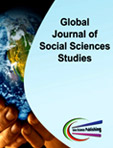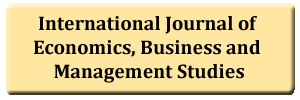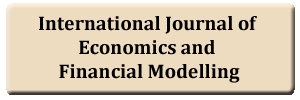Poverty Reduction for Sustainable Development: Malaysia’s Evidence-Based Solutions
DOI:
https://doi.org/10.20448/807.3.1.29.42Keywords:
Poverty alleviation, Sustainable development, Malaysia case study, Poverty solution.Abstract
Malaysia is a good example for poverty reduction especially in Southeast Asia Countries, having reduced its poverty rate from 49.3% in 1970 to 17% in 1990 to 3.8% in 2008 and only 1.7% in 2012 - a decrease of nearly 97%. In aggregate terms, Malaysia is ahead of the 2015 deadline on all the Millennium Development Goals (MDGs), and its emphasis on poverty in its diverse forms. The Malaysian government has been committed to eradicating poverty through various Malaysian policies since 1957; including Malaysia Plans, New Economic Policy (1970-1990), National Development Policy (NDP, 1991-2000), ‘Vision 2020’, Industrial Master Plans, National Agriculture Policies, Privatization Master Plan and the New Economic Model (NEM, 2010). Among the important initiatives that contributed to the success of poverty reductions in Malaysia are: the eKasih system, 1AZAM program, Federal Land Development Authority of Malaysia (FELDA), and the 1Malaysia concept. Malaysia’s poverty eradication and development programmes are underpinned by political stability, inclusiveness, strong political will and the overall importance it attaches to ethnic tolerance and national unity. In conclusion, poverty is a multi-dimensional phenomenon that extends beyond income poverty, and poverty eradication should remain at the core of transformative development agenda for all times. This paper will share related experiences to show that poverty reduction as a socio-cultural and developmental goal is achievable and in fact an inalienable part of sustainable development.





